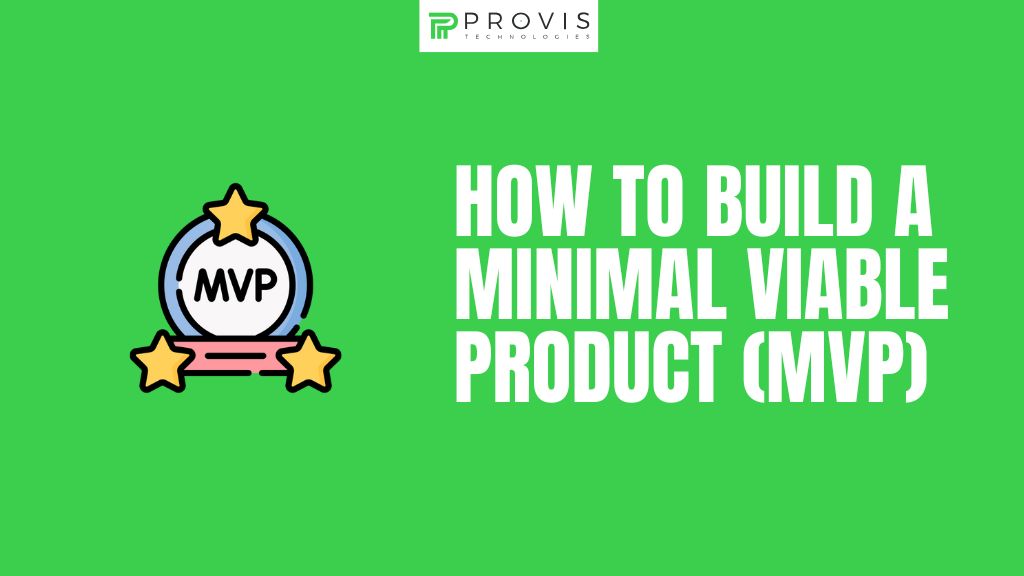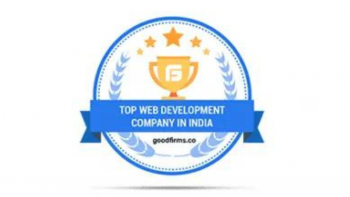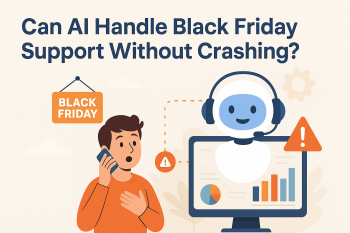One of the best methods for making an idea come true for less money than making a full-blown product—at least not straight away—is to start by Building a Minimum Viable Product (MVP).
As for 2025, the process of making an MVP and raising funds for it has been significantly popular!
MVP is not simply a ‘basic’ version of something; it is a tactic to validate the idea, gather user input, and generate interest from prospective funders.
Whether you want to build software or launch a new service, this guide will cover the necessary steps for building an MVP that will attract early adopters and investors.
So, let’s get started!
What is a Minimal Viable Product (MVP)?
A Minimum Viable Product (MVP) is the most basic version of a product that can still be released to test the most essential features and see whether it attracts any interested users with minimal features incorporated.
When introducing an MVP, its implementation should not be aimed at delivering a fully finished product. The key focus is to release at the earliest with bare-minimum features in place for use by early adopters, who can return mission-critical feedback.
Take Airbnb as an example. The startup was MVP oriented. Founders were renting their apartments to demonstrate the business model. This early validation was important in building what became a multi-national company and showed the value of testing and refining a product before an actual launch.
Benefits of an MVP
Here are the key benefits of an MVP:
Sharpens Focus on Core Value
The primary idea behind an MVP is clarity and focus, which compels you to pay attention only to the core purpose and worth of your product. This is the most accurate example of prioritization: You state the benefit that the customers will get from your product and do not add anything that is not of use. This gives you a clear course so you can utilize the time and resources at hand in a productive manner and develop a product that solves the specific problem you are out to address for the users.
Minimises Unnecessary Rework
While creating a Minimum Viable Product, you eliminate the chances of wasting effort and resources on functionalities that might not appeal to users. In most cases, early adopters want to satisfy specific needs and do not care about anything else, which only serves to diffuse the primary aim. This enables you to put the core in place and allow it to be improved with real feedback, which spares you painful corrections and needless building.
Builds Customer Connections Early
Developing an MVP lets you begin the process of customer interaction as early as possible, especially with the early adopters, who are most likely to give relevant feedback on the product. This not only allows you to make sure that there is a product-market fit but also creates a pool of eager users who will promote the product and increase early awareness and loyalty.
Tests Business Strategies Early On
An MVP is not merely about testing a product; it is also about testing the marketing, sales, and customer acquisition strategies. If you place your product on the market earlier rather than later, you collect information regarding the costs of acquiring new customers and retention of existing ones. This enables you to adjust the strategies before the actual launch of the product.
Key Steps to Building an MVP in 2025
Let’s understand the key steps involved in MVP development –
Step 1: Conduct Thorough Market Research
In developing a successful minimally viable product, it is vital to begin with the user needs and pain points research. Ignoring this step may result in creating a product that fails to appeal to any target group thereby wasting time and resources. Google Trends, SurveyMonkey, and Typeform, for example, can help in understanding the challenges faced by a particular market segment. Besides, focus groups can be of great value in exploring how users feel about a certain expected outcome and the challenges faced.
Step 2: Identify Core Features
The fundamental principle of the MVP is to provide only what is necessary to solve a fundamental issue. Plotting out the customer’s journey can help you identify the critical touchpoints and ensure that your MVP is user-friendly without making it overly complicated with unnecessary elements. It will enable you to concentrate on what needs to be built, resulting in an MVP that has purpose and utility at the very first instance.
Step 3: Create a Prototype
The next stage is prototyping after the essential features have been outlined. Tools such as Figma, Sketch, or Adobe XD can prove useful in creating a working model of the MVP that can be suspended for further testing before the entire development process is undertaken.
Step 4: Develop, Test, and Iterate
These steps include the technical development of your MVP. Engaging beta testers in the early phases will allow you to further shape the product as per actual user interaction making tweaks that will fit into the market perfectly.
Step 5: Launch and Measure
A strategic launch to a limited audience allows for any last-minute changes before the main launch. It is important to monitor indicators like engagement and retention and determine which features are accessed using systems like Google Analytics or Mixpanel.
Parting Words!
It’s all about building clever MVPs instead of building huge ones. When you concentrate on primary functionalities, interact with early adopters, and collect feedback, you are setting the stage for real product development.
Frequently Asked Questions
1. What are the advantages of building an MVP first?
Creating an MVP is a great approach to testing out your product concept; it also prevents the wastage of resources and development time.
2. How can I test an MVP with users?
If your MVP is ready, release it for a limited time to a select group of early adopters and collect their input for further improvements.
3. How can I raise funding for an MVP?
The best way to raise funding for an MVP is by showcasing traction, market potential, and user feedback. This way, you can attract early investors to help you scale!
4. How can an MVP test my business strategies?
MVPs facilitate the testing of customer acquisition and retention strategies well in advance to make corrections before the product is launched to the general market.
5. How does an MVP help reduce costs?
An MVP seeks to include only the basic but important elements, development time is greatly reduced, much less costs are incurred, and most importantly, all wasteful rework is avoided.
Written By
Author's Picks
- How to Build an App Like Uber: A Comprehensive Guide
- 10/09/2024
- Best Maintenance Tips for WordPress Online Stores
- 08/12/2023
- Top 10 Tips to Reduce App Development Costs
- 23/07/2024
Categories
- AI for Startups
- AI in Web Development
- AI Integration
- AI Platforms
- AI Prompt
- AI Tools
- AI Trading Software
- Android App
- Android vs iOS Development
- Angular
- API
- API Development
- App
- app development
- App Idea
- App User Feedback
- Application
- Artificial Intelligence
- Audit Services
- Automotive Industry
- Awards and Recognition
- Business Consulting
- Business Website
- Chatbots
- CRM
- CRM for Financial Advisors
- Custom CRM
- Custom SaaS
- Custom Website
- Customer Service
- dashboard design
- Developing a Mobile App
- Digital Business
- E-commerce
- EMR Integration
- Finance
- Financial Advisors
- Financial Advisors
- GIT
- Health Insurance
- iOS App
- iOS App Development
- IoT Mobile App Development
- IoT Platforms
- IT Audit Services
- IT Consulting
- IT Strategies
- Java Development
- Laravel
- Lean Canvas
- Learning Management System
- Logistics Apps
- Mobile App Development
- MVP
- Native App
- News Aggregator Site
- OTT
- Outsourcing IT
- Payment Gateway
- predictive analysis
- Product Launch Strategy
- Progressive Web App (PWA)
- Prototype
- Recommender Systems
- Ruby
- SaaS
- SaaS Application
- SaaS Business
- SaaS Company
- SaaS Development
- SaaS Product
- SaaS Project
- Sales Funnel
- SEO
- Shopping Cart
- Software Development
- SSL and TLS
- Startup Checklist
- Technology
- Tetradic Color Scheme
- UI/UX Design Company
- Unit Testing
- User Flow
- User Testing
- Web Development
- Web Performance Optimization
- website Maintenance Services
- Website Migration Service
- Website Speed Optimization
- WooCommerce
- WordPress





